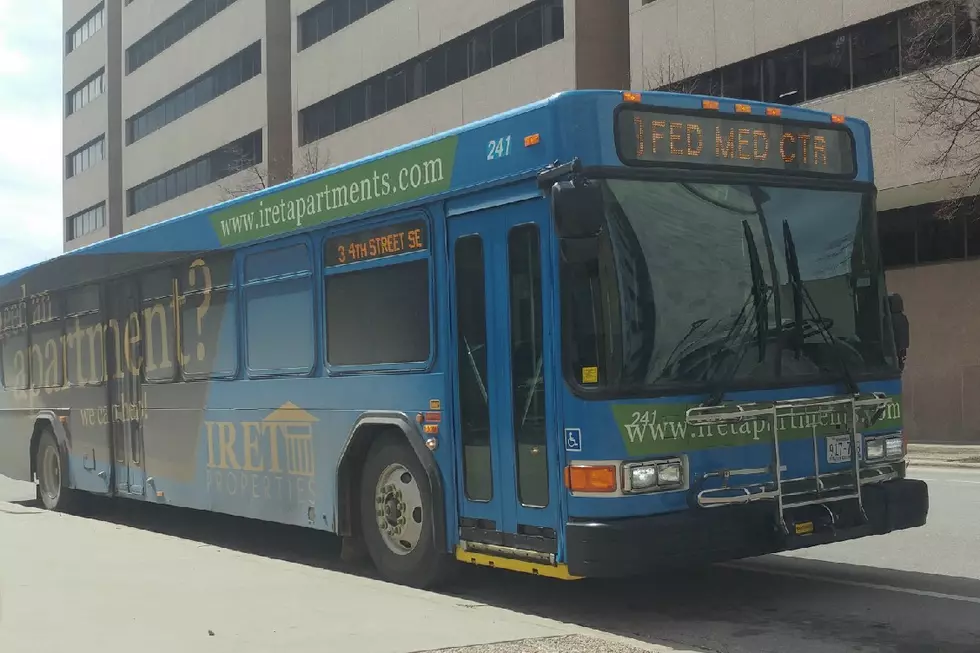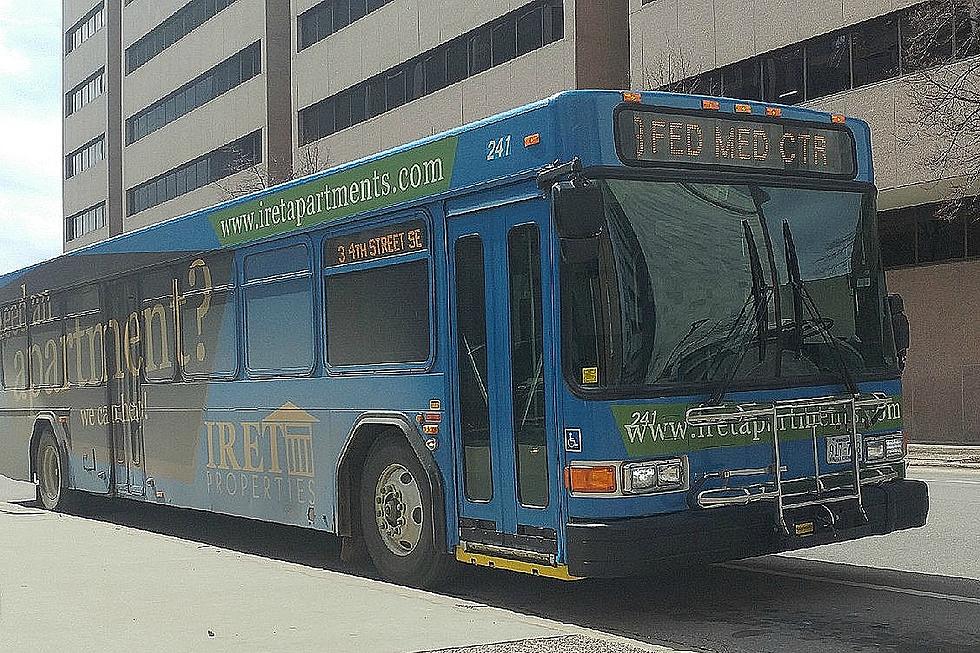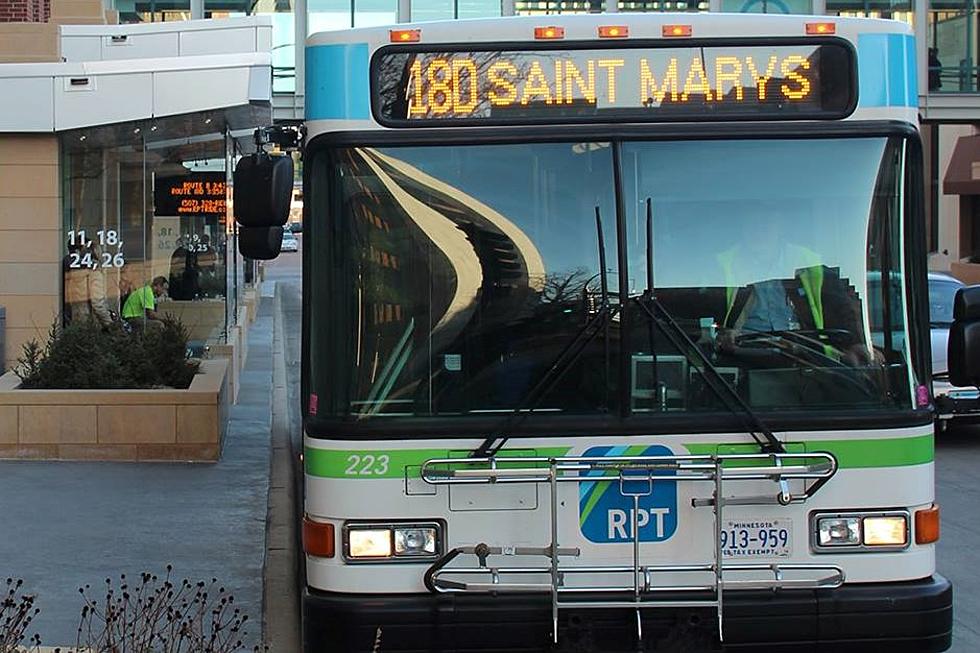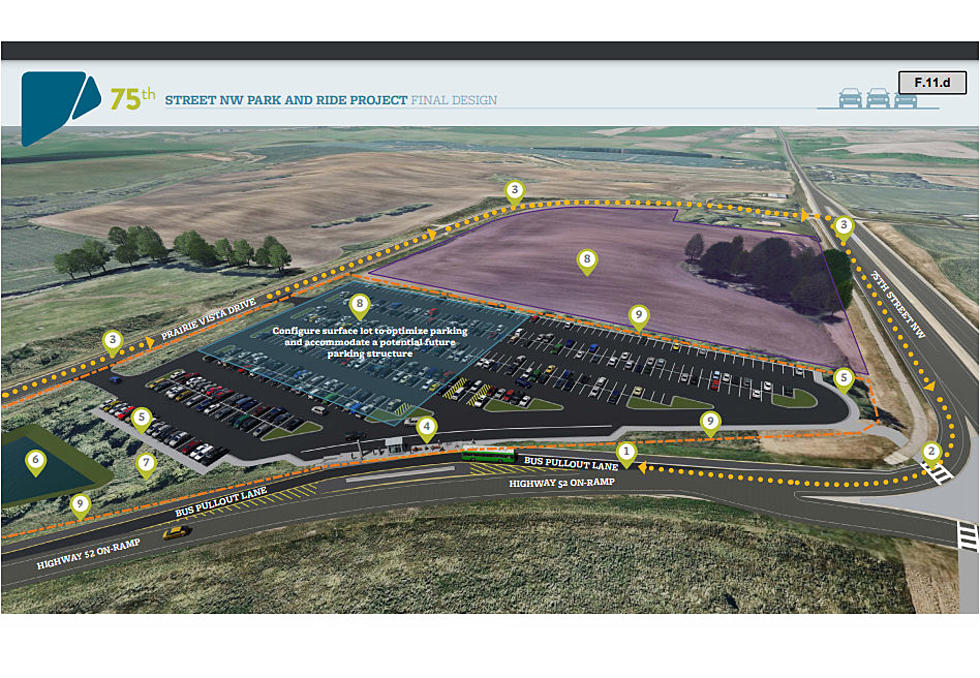
Rochester Plans To Add Electric Buses Later This Year

Rochester, MN (KROC News) - Rochester residents could see the city’s first electric transit buses in operation later this year.
The City Council has approved a contract with New Flyer North America to purchase up to four 60-foot, battery-electric buses and charging equipment. They will be operated by Rochester Public Transit.
Most of the cost to purchase the buses and charging equipment will be covered by federal grants totaling nearly $5.5-million.
RPT is planning to order two of the buses soon with delivery expected in late fall. The current plan is to assign them to RPT’s Park and Ride program.
These buses are well-suited for RPT’s express park-and-ride service,” says City Physical Development Manager Ia Xiong. “The extra capacity will allow us to carry more passengers and improve efficiency, and we will have the opportunity to re-charge the batteries if needed between the morning and afternoon peak periods.”
Here are some questions we submitted to city Communications Coordinator Nick Lemmer:
1) What is the total cost of the 4 buses and will the grants cover the final cost or will the city have to pay some of the cost and if so, how much?
The cost of each 60-foot, battery electric bus is $1.35 million. We are going to start out with 2 in the first order. The contract allows for up to 4. Charging equipment and infrastructure will cost about $1.42 million. Including the charging systems, the City will have to pay a local share of $884,224 for the first two buses and charging equipment and infrastructure.
2) What is the expected savings vs. current costs?
Savings are hard to quantify, but are expected to be realized over the life of the vehicle. Here are some factors at work:
Lower per mile fuel cost for electric charging vs. diesel fuel (specifics are hard to calculate as the cost per unit of each does fluctuate)
Lower maintenance cost due to the characteristics of electric motors having 30% few parts which require service
- This may be offset in the short term with updating mechanic’s skills and training
Not related to the power system, there is efficiency from using a larger 60’ bus, which will lower number of trips and labor cost.
There is a big demand for commuter trips during peak times. The larger buses will provide better service to meet this demand.
3) Will they be operated in the winter?
Yes.
4) What routes will they be used on?
The direct routes to Park & Rides—specifically the current Route 560X
5) Are there concerns about how quiet they are and will that pose a danger to pedestrians?
Safety is--and will always be--the #1 consideration in public transit. If everyone is obeying the rules there should be no reason to have conflict that would cause concern. However we know people do not always follow the rules. That’s when our team of trained and experienced professional drivers know to have a high level of safety awareness taking into consideration the vehicle characteristics to keep everyone safe.
6) How do they compare to the current buses?
Current fleet is all Gillig 40-footers with 38 seats plus capacity for 39 standing for a total capacity of 77
NewFlyer Xcelsior is 60-feet and will have 52 seats and allow for 73 standing for a total capacity of 125
The new ones are 60-foot “articulated” buses—basically a 40’ bus with a 20’ trailer that ‘pivots’ with an accordion-like shell at the pivot point.
News update: Man charged with killing his daughter in Minnesota pleads guilty to killing her mother in Wisconsin.
14 Rochester Restaurants with the Best Outdoor Seating
More From Quick Country 96.5










